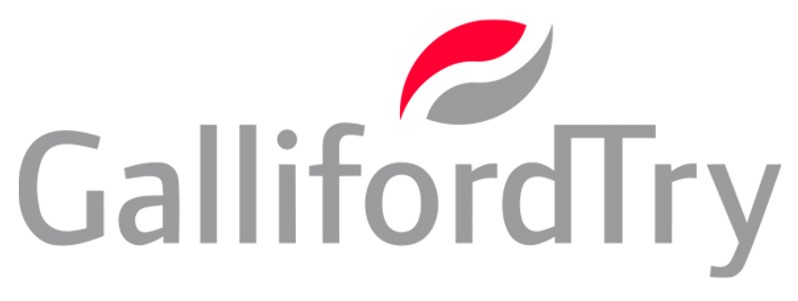On Wednesday 28th February the Innovation Exchange group met to hear from Jon de Souza, Innovation, Research and Collaboration Lead at Galliford Try, about the company’s innovation journey and R&D tax credits utilisation.

The Start of Galliford Try’s Innovation Journey

When Jon was appointed to his role as Innovation lead he began to explore the company’s use of R&D tax relief and found that there was room for greater uptake in this area. Highlighting the possibilities in making better use of R&D tax credits encouraged greater interest in the different schemes and support available within Research and Development, making space for engagement with wider innovation opportunities.
Within Galliford Try there is now a dedicated team to take ownership of collecting data from the business around the innovations that could be eligible for tax relief. This enables to company to ensure their research and development is aimed at areas that best suit the company and ensures data is used effectively to inform R&D.
Also, by digging into the good work taking place across the industry, the team are uncovering a range of good practice, not necessarily eligible for R&D, but useful to be shared across the organisation.

Improved R&D and Changes Within the Business…
Whilst the increased attention on R&D tax credits enabled Jon to improve the organisation’s innovation, there were also a number of changes within the business that coincided to really drive this shift…
- Innovation & Research (I&R) team grew from 1 to 3 as the scope of tax credit work increased.
- Major changes in senior leadership team.
- Changes to business strategy- a move to more collaborative working approaches.
- Senior interest in innovation.
Innovation & Research Team Activities
The I&R Team are undertaking a range of actions within Galliford Try to continue improving research and testing of innovative tools and techniques. Some of the activities they’re responsible for include:
- Collation of R&D tax credit data
- Primary research activity
-
- Delivering funded research programme
- Programme of product trials
- Studentships- input taken from across the business into topics the company believe would be valuable to research and share this with universities with the company’s support.
- Targeted support to individual Business Units
- Informing business strategy
-
- Account management
-
- Universities
- Supply chain partners
- Internal teams
-
Making Innovation Business As Usual

In order to adopt innovative approaches, it is key that they are properly embedded at different levels of the organisation. In order to achieve this within Galliford Try, Innovation Champions were set up from across the operational teams, to do 3 things:
- To give insight on the things that are priorities to that area of the business to inform future research activity.
- For the I&R team to keep them up to date on any new innovations on the market that they’ve become aware of that could be of value.
- To learn from and share with each another as there is a lot of good practice taking place in the Innovation Champions respective areas.
Innovation Process
Galliford Try embedded innovation as a process within their business management system in order to review and select new innovations to explore and potentially implement across the organisation.
in order to review and select new innovations to explore and potentially implement across the organisation.
The steps in this process are as follows:
- Improvement Idea Generation
These come from industry learnings, supply chain, audit findings, ideas exchange, BU proposals, business strategy, client proposals and I&R team proposals. - The Innovation Champions ‘hopper’
Ideas brought to the Champions’ meeting for review. - Initial Triage
Ideas reviewed by Champions- does it meet a business need? What problem does it try to solve? Does it warrant further review?
Accepted Ideas are assigned an owner (Champion) and facilitator (I&R team member) - Creation of Business Case for Each Idea
Potential use cases? Can a trial be developed? Does it require investment or other resources? Is funding available? - Gateway Review 2
Should the idea be taken forward?

Challenges
- Embedding innovation at all levels of the business, including on site.
- Pressure on overhead to deliver on innovation. R&D tax credits can help alleviate this.
- Removing the blockers to implementing new strategies, technology and techniques.
- Lack of agreement around significant innovations i.e. AI- people have very different views around how we should to engage with AI, if at all.
- Evolution rather than revolution- the industry has evolved but has yet to do anything significantly different, which is needed if we want to fundamentally change the industry.
Examples of Funded Research
CAVIAR– first research project won in partnership with Loughborough University. Successful in a national highways funded competition but managed through innovate UK.
ElectroRoad– delivered a piece of work through a DfT funding competition called Electro Road to look at how you might recharge electric vehicles, especially freight vehicles on the move.
Get Involved
Enjoyed our Innovation Exchange outputs? Why not take a look at the other Constructing Excellence Groups and join us for a future event?



